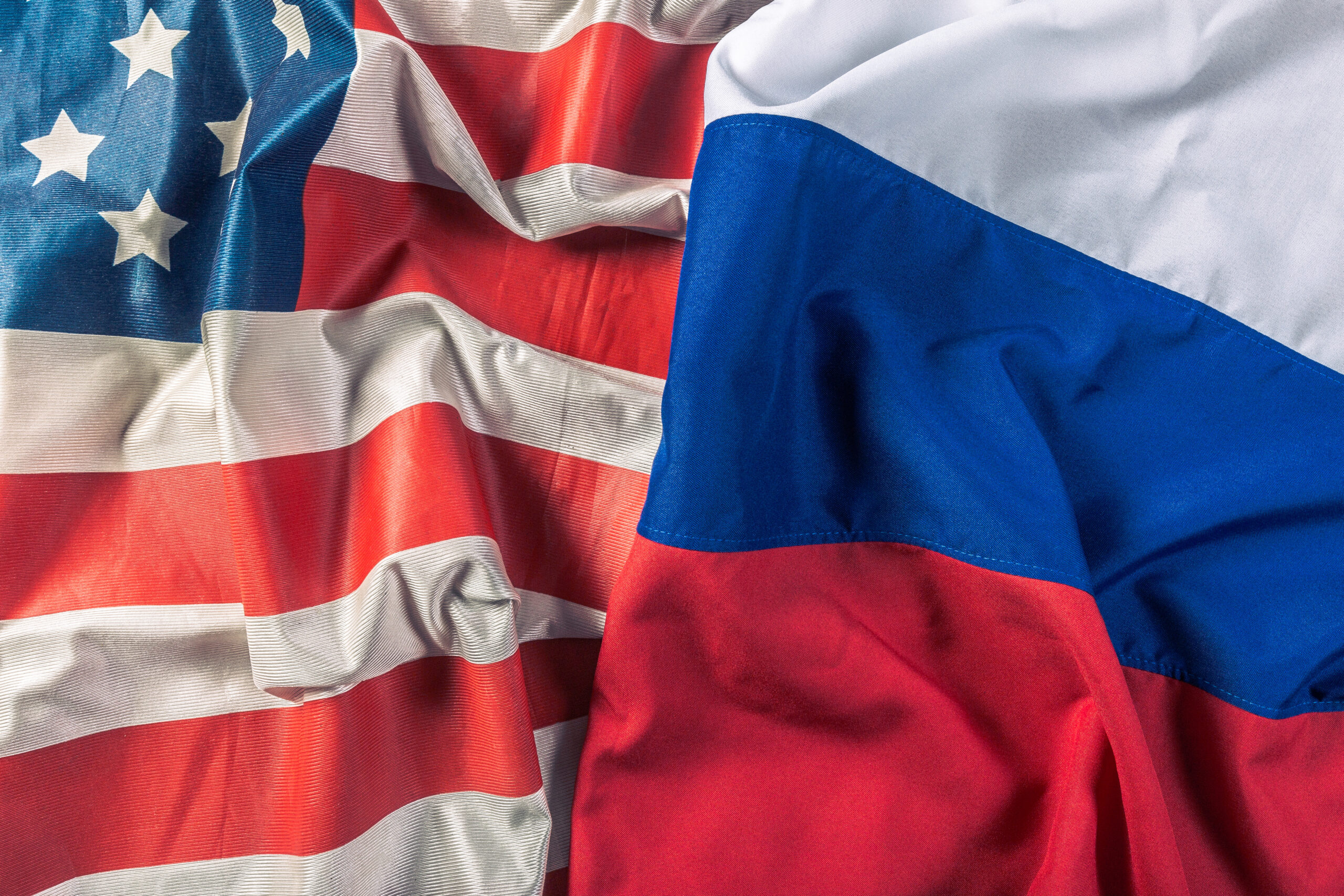The Trump administration has changed America’s strategy and objectives in the war in Ukraine. The US is no longer after “victory” as defined by the Biden administration or Ukraine. It is uninterested in preserving Ukrainian territorial integrity or deterring aggression. It does not believe that Russian gains in Ukraine will embolden the Russian president, Vladimir Putin, to threaten NATO in Europe. They view these topics as European and Ukrainian concerns, which have little to do with “making America great again.”
But the Trump administration nonetheless has important goals in these negotiations. They want to be able to claim they brought peace to Ukraine, or at the very least, ended American involvement there. And they want a new geopolitical bargain with Russia that effectively trades away the US involvement in Ukraine for “extra-European” agreements with Russia on issues like arms control, the Arctic, Iran, North Korea and even China.
Peace in our time
Trump promised repeatedly during his campaign that he would end the war in Ukraine—and, more importantly, America’s involvement in it. He effectively ran on delivering a peace that Joe Biden could not or would not provide. The content and duration of that peace are nearly irrelevant.
If Trump secures even a temporary ceasefire, he can declare victory and drain the issue of Ukraine from the US domestic agenda. At that point, no matter what happens in Ukraine—whether the ceasefire lasts a month, trundles along without resolution, or leads to a broader arrangement—Trump can simply take his toys (ie, US military and intelligence assistance) and go home.
The idea—quite prominent in both European and American circles—that Trump cannot politically afford to see Ukraine fail or that it could be his “Afghanistan” misreads the role of Ukraine in US domestic politics. Ukraine is Biden’s war, with no support or even interest among Trump’s base. In any case, the US has never been directly involved as it was in Afghanistan. There will be no US Marines blown up at Kyiv airport or desperate Ukrainian refugees falling off US C-17s as they flee. Absent such images, Trump can easily declare a ceasefire a victory and move America on.
Beyond the aura of peace, the administration has another goal in mind for these talks. In their first meeting with the Russians in Riyadh in February, US secretary of state Marco Rubio and national security advisor Mike Waltz began laying the groundwork for a larger geopolitical deal that would go beyond the war in Ukraine. The Trump administration seems to want to trade Ukraine—and even the US role in European security—for Russian cooperation on a variety of extra-European issues, including Arctic resources, nuclear weapons negotiations, Iran, North Korea and Syria. Some in the administration even dream of the fabled “reverse Kissinger” in which a new US relationship with Russia could eventually drive a wedge between Russia and China.
This potential future relationship with Russia is an additional factor in Trump’s desire to end the war quickly. There is a faction within Trump’s political base who view Russia not just as a geopolitical partner, but as a culturally conservative ally that serves as a bastion of anti-woke, “Christian” values. This domestic ideological influence helps explain the administration’s herculean efforts to blame Ukraine for starting this war and the reluctance to hold Russia or Putin accountable for their crimes.
The new generation in the room
Unlike in the first term, the people in Trump’s administration are unlikely to moderate his views on either Ukraine or European security. On the contrary, a new generation of policymakers surrounding the vice president, J.D. Vance, and the secretary of defence, Pete Hegseth, believe in urgently shifting resources away from Ukraine and Europe to Asia—or back to the Western hemisphere. They argue that America is not ready for a war with China, has a massive security problem on its own southern border, and cannot continue shouldering the burden of Europe’s defence, let alone Ukraine’s.
The US government will likely withdraw some of its troops from Europe and ship away weapons systems or offload them to allies. There is even appetite to hand over the role of NATO Supreme Allied Commander Europe to Europeans. To deter China from invading Taiwan or even just push back on China’s ambitions, the US would need to shift key assets to the Asian theatre: submarines; air and missile defences; heavy bombers; fighter, patrol, and early warning aircraft; certain ground-based long-range fires; and critical munitions for air, naval, and ground platforms. It will also need critical enablers, such as airlift, sealift, and intelligence, surveillance and reconnaissance assets. The administration seems even ready to “assume risk on other theatres” for the overall goal of reorienting these assets to Asia.
A new emphasis on defending the southern US border and talk of military intervention against cartels in Mexico may create separate demands on the US army. It may need to provide forces for broad-area surveillance, direct action against high-value targets, and even armoured vehicles such as Strykers for more sustained incursions. These forces and equipment would likely come from Europe, perhaps including the light infantry deployed to Romania.
Sticks for Ukraine, carrots for Russia
Ultimately, the tactics used by the Trump administration towards the Ukrainians and the Russians—in essence, sticks for Ukraine and carrots for Russia—clearly illustrate the preference given to ending the war and offering a reset to Russia. In the week after the public argument between Ukrainian president Volodymyr Zelensky and Trump in February, the US paused all shipments of military aid and halted intelligence sharing with Ukraine. This retaliatory move, motivated by Zelensky’s supposed ingratitude, had immediate negative consequences for Ukraine on the battlefield. This stick drove the Ukrainians to the table. To regain US assistance, the Ukrainian government not only verbally agreed to a mercenary critical mineral deal but also announced its acceptance of a 30-day ceasefire.
Following Ukraine’s concession, the Americans are working on bringing Russia to the table, but the method for exercising leverage appears totally different than with the Ukrainians. Trump increased the rhetorical pressure on Russia, saying “if Russia and I are unable to make a deal on stopping the bloodshed in Ukraine, and if I think it was Russia’s fault—which it might not be—but if I think it was Russia’s fault, I am going to put secondary tariffs on oil, on all oil coming out of Russia”. However, the Trump administration has shown little willingness to actually coerce Russia into negotiations. Worse still, the most salient threat—increased military aid and support for Ukraine—remains strikingly absent.
Instead, they have consistently chosen flattery. Trump himself often uses positive language when discussing Russia’s participation in the war, suggesting it “may be easier dealing with Russia” than Ukraine and repeatedly stating his belief that Vladimir Putin wants peace. Even the administration’s lead negotiator, US special envoy Steve Witkoff, toldpolitical commentator Tucker Carlson, “I don’t regard Putin as a bad guy.” Trump’s conciliatory tone implies he prefers to entice Putin to the table with the carrot instead of the stick.
The US kneecapped Ukraine’s military and intelligence capabilities to bring them to the table but offered Russia sanctions relief and economic incentives in exchange for a temporary ceasefire. It remains to be seen whether the carrot approach will work with Russia; regardless, it says a lot about what the US is trying to achieve. America is not looking to make the world safe for democracy, protect Ukrainian sovereignty or seek a new transatlantic balance in providing for European security. It is pursuing an aura of peace and a new deal with Russia.
About the Authors
Célia Belin, Head, ECFR Paris, Senior Policy Fellow.
Chris Herrmann, Programme Coordinator, US Programme ECFR.
Majda Ruge, Senior Policy Fellow ECFR.
Jeremy Shapiro, Research Director, US Programme ECFR.


